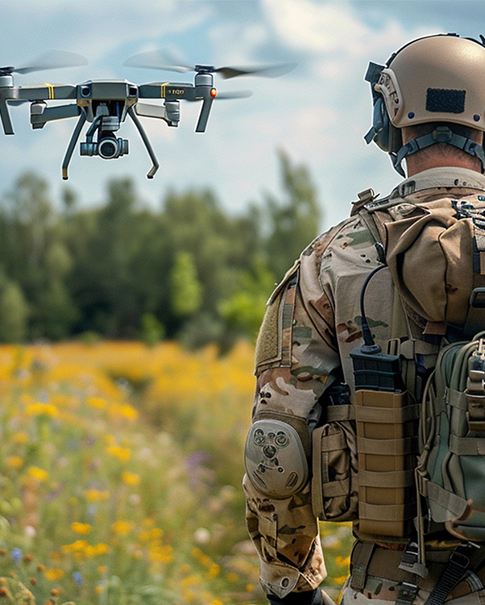-
Training Mode: Simplifies pre-mission safety with a straightforward on-off operation before boarding, providing 14 hours of continuous safety coverage. Its intuitive design minimizes human error under stress. On the ground, the electronic processing unit automatically and frequently compensates for air pressure changes caused by weather, ensuring accurate performance. It detects aircraft takeoff and acceleration, monitoring paratroopers’ movements to let soldiers focus fully on their mission.
-
Operational Mode: Easily switchable inside pressurized cabins during flight, with one-button operation for setting mission-specific targets. This simplicity ensures quick, reliable activation even in high-stress environments.
-
Independent Safety Backup: Functions as a standalone system, never interfering with or restricting normal parachuting activities. Activates only in emergencies where paratroopers cannot follow correct procedures, ensuring mission objectives remain uncompromised.
The Military CYPRES 2 operates using air pressure input from its sensing unit, with speed and altitude sensors generating precise activation criteria. Depending on the model, it triggers at preset altitudes when descent speed exceeds a defined threshold.
Activation of the reserve parachute is initiated by the patented EOS release unit (cutter)—a technology invented by Airtec founder Helmut Cloth in 1987 (adopted as the industry standard in 1991). This cutter severs the closing loop of the reserve parachute container, initiating deployment instantly.
